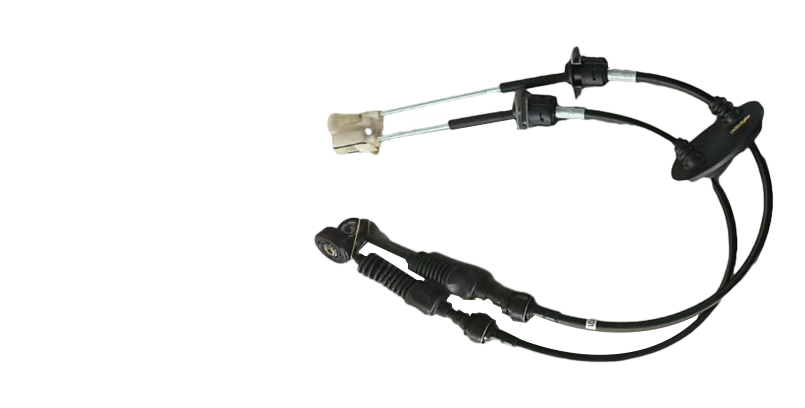Understanding Throttle Body Cable Functionality and Importance in Engine Performance
Understanding Throttle Body Cables The Unsung Heroes of Engine Management
In the intricate world of automotive engineering, there are components that often go unnoticed yet play crucial roles in ensuring optimal vehicle performance. Among these components, the throttle body cable is a hidden gem that deserves recognition. The throttle body cable is an essential part of the throttle control system, linking the accelerator pedal to the throttle body, which regulates the amount of air entering the engine. Understanding this component's function and importance can shed light on the overall performance and efficiency of an engine.
The Basics of Throttle Body Cables
At first glance, the throttle body cable may seem like a simple wire, but its function is far from trivial. The cable connects the accelerator pedal inside the vehicle to the throttle body located near the intake manifold. When the driver presses the accelerator pedal, the cable pulls on the throttle plate, allowing more air to flow into the engine. This action increases the engine's power output and facilitates acceleration.
Types of Throttle Control Systems
There are generally two types of throttle control systems found in modern vehicles traditional cable-operated systems and electronic throttle control (ETC) systems. While throttle body cables are a critical component in traditional systems, electronic throttle control systems have largely replaced them in modern vehicles. ETC systems use sensors and electronic motors to regulate throttle position, offering more precise control and improved fuel efficiency. However, even with the increasing prevalence of electronic systems, understanding the mechanics behind traditional throttle body cables remains essential, especially for those restoring vintage cars or working on older models.
throttle body cable

Common Issues with Throttle Body Cables
Like any mechanical component, throttle body cables can experience wear and tear over time. Common issues include fraying, kinking, or slackness, which can lead to poor throttle response, reduced power, or even stalling. Drivers might notice that their vehicle accelerates sluggishly or that there is an unusual delay in response when pressing the accelerator. In such cases, it's crucial to inspect the throttle body cable for any visible defects and replace it if necessary.
The Importance of Maintenance
Regular maintenance is vital for ensuring that the throttle body cable functions correctly. It is essential to inspect the cable for any signs of damage during routine checkups and service intervals. Cleaning the throttle body and ensuring that the cable is lubricated can help maintain smooth operation and prolong its lifespan. Moreover, a properly functioning throttle cable contributes to better fuel efficiency and reduces emissions, making it beneficial for both the environment and the owner's wallet.
Conclusion A Key Component in Engine Performance
In summary, while often overlooked, the throttle body cable is an integral component in a vehicle's engine management system. Understanding its role in regulating air intake and responding to driver input is crucial for grasping how an engine operates. Awareness of potential issues and the importance of maintenance can help vehicle owners ensure that their throttle systems remain in peak condition, allowing for an enjoyable and responsive driving experience. As automotive technology continues to evolve, especially with the rise of electronic systems, the principles of throttle control established by traditional cables continue to underpin the foundational knowledge necessary for any car enthusiast or professional mechanic.
-
Workings of Clutch Pipe and Hose SystemsNewsJun.04,2025
-
The Inner Workings of Hand Brake Cable SystemsNewsJun.04,2025
-
The Secrets of Throttle and Accelerator CablesNewsJun.04,2025
-
The Hidden Lifeline of Your Transmission Gear Shift CablesNewsJun.04,2025
-
Demystifying Gear Cables and Shift LinkagesNewsJun.04,2025
-
Decoding Clutch Line Systems A Comprehensive GuideNewsJun.04,2025
